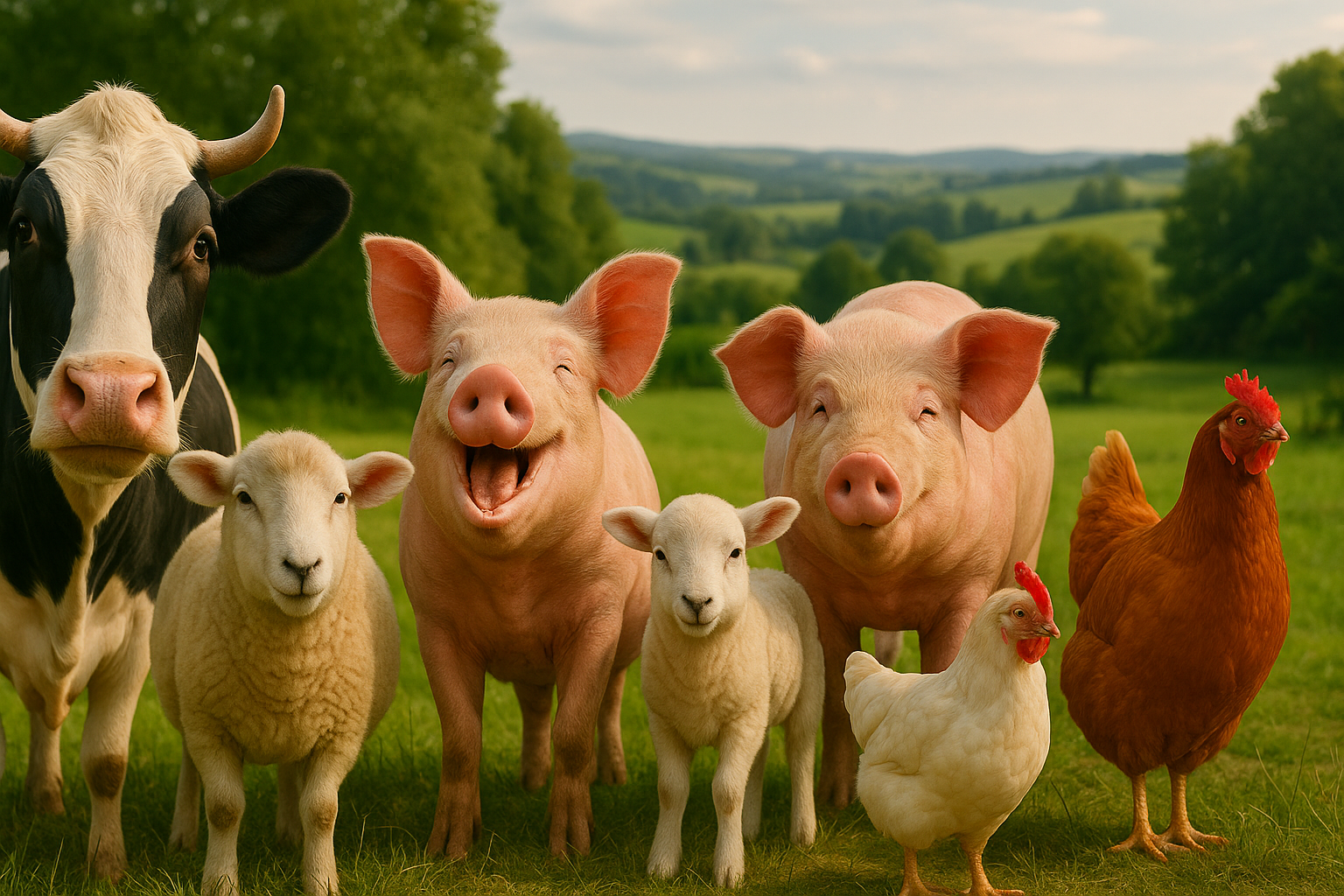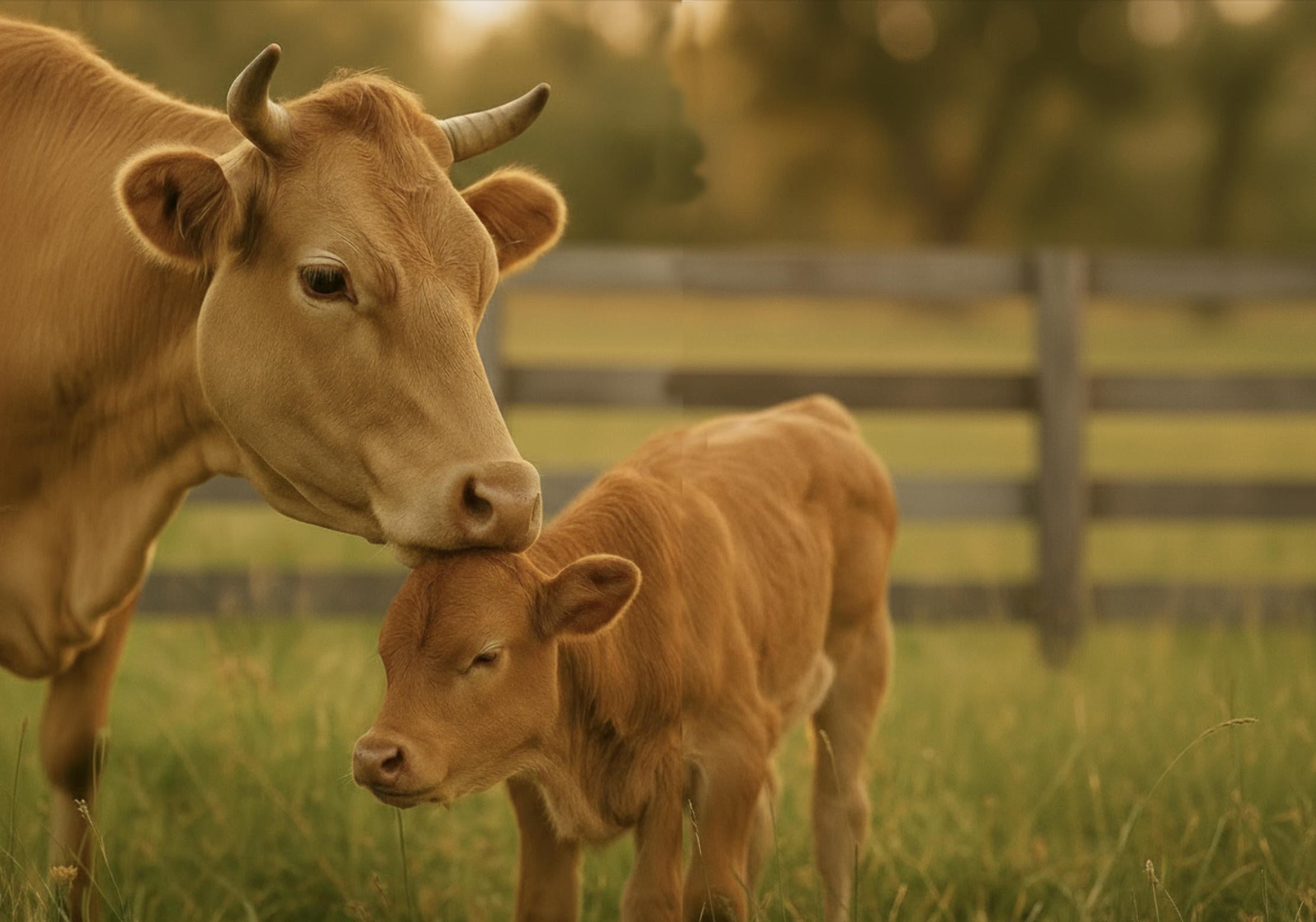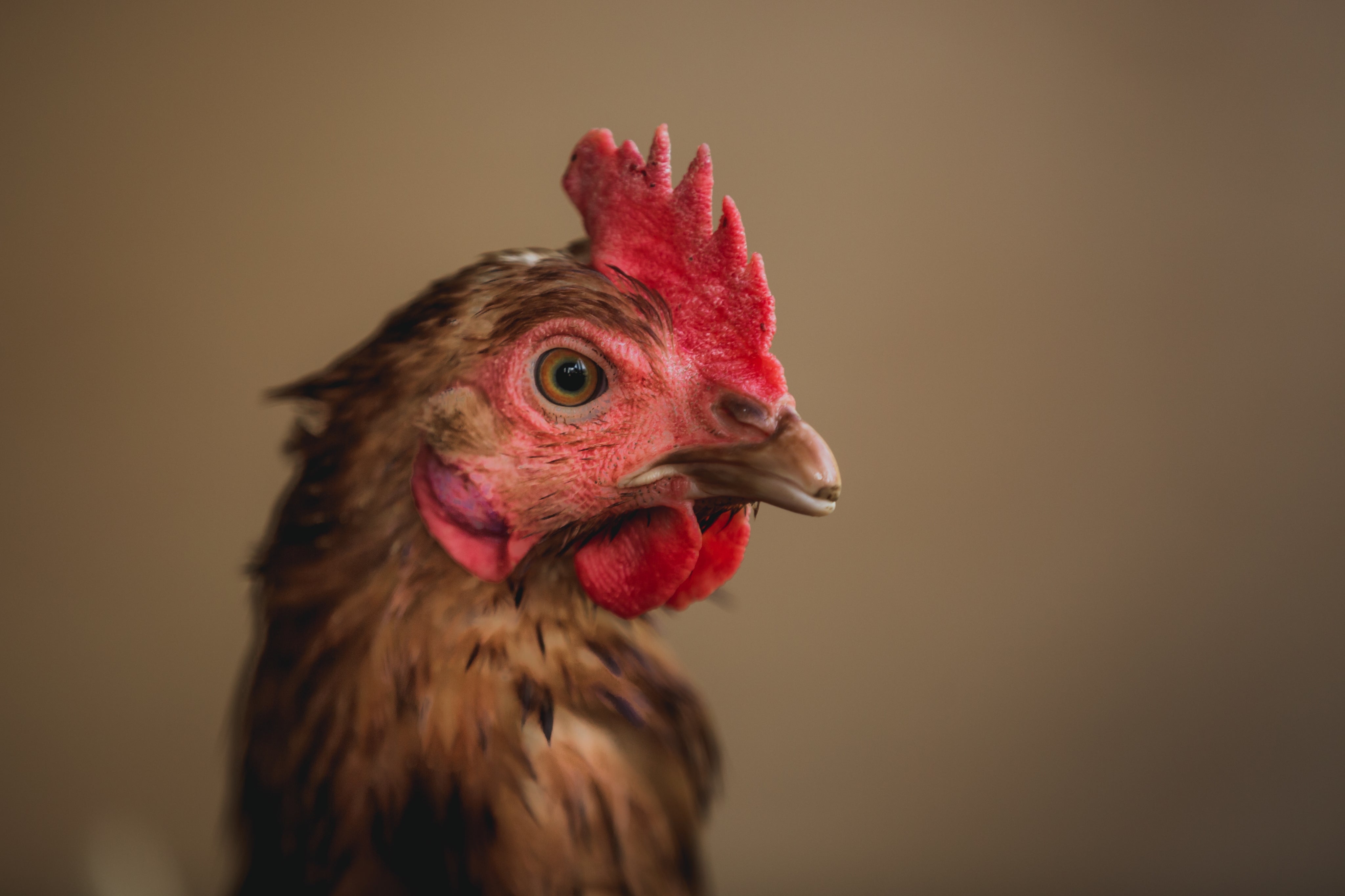

The hidden lives of farm animals
Animals raised for food have emotions like joy, fear, and love, but industrial agriculture confines them in small spaces. Choose plant-based, cruelty-free products for a compassionate world.

Cows: Gentle Giants with Deep Emotions
Cows have best friends and become stressed when separated from their companions. They can remember faces for years and show excitement when reunited with loved ones. Mother cows sing lullabies to their calves - a soft, rhythmic lowing that's distinct from their normal vocalizations. They're curious creatures who love to explore, play with balls, and even enjoy music, with studies showing they produce more milk when listening to slower-tempo songs.
Reference: E. M. O. H. D. de Vries, A. M. van der Veen, and P. J. B. van der Meer. (2021). "Social relationships in dairy cows: A review." Applied Animal Behaviour Science, 236, 105211.
Sheep: Emotional and Loyal Companions
Sheep can recognize and remember up to 50 individual faces for years. They form lifelong friendships and show clear preferences for certain companions. When happy, sheep actually smile - their ears perk up and their eyes brighten. They're incredibly emotional animals who can experience depression, joy, and even optimism or pessimism based on their life experiences.
Reference: In the study titled "Sheep recognize and remember the faces of other sheep," conducted by L. A. K. J. T. J. B. A. T. H. H. and published in Nature (2001), volume 414, issue 6860, pages 665-668

Chickens: Social Sophisticates
Chickens have complex social hierarchies and can recognize over 100 individual faces. They demonstrate self-control, anticipate future events, and pass the mirror test for self-awareness. Mother hens begin teaching their chicks while they're still in the egg, making soft clucking sounds. Chickens show empathy, with hens displaying signs of distress when their chicks are in danger, even when the hens themselves are safe.
Reference: In the study titled "The Social Complexity of Chickens," published in Animal Behavior by J. M. A. E. M. and S. A. in 2017, it is shown that chickens possess intricate social hierarchies and can recognize over 100 individual faces.
Subscribe to our emails
Be the first to know about new collections and special offers.